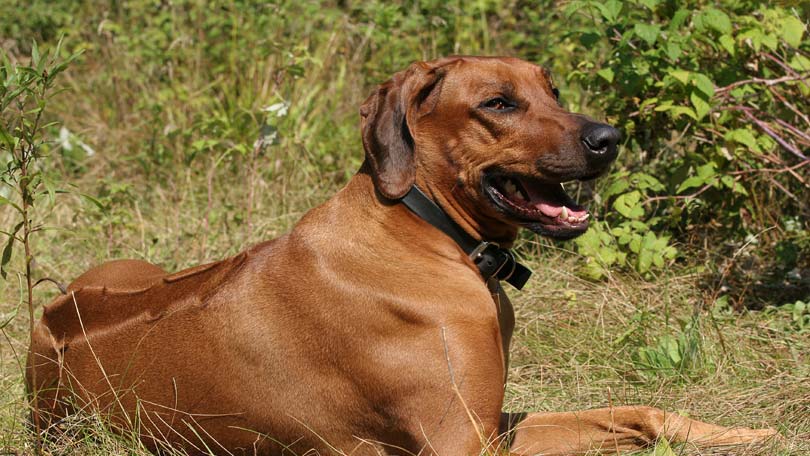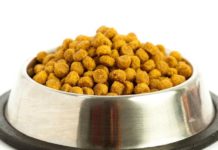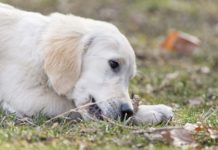
The packaging looks great; the ingredients seem sound as far as we know, and the kibble is in cute little shapes and colors, but what are we really feeding our pets? By understanding the nature of a dog and cat, and what they need to not only survive but to thrive, you may be shocked to find out that the nice packaging is about the only thing that is good about your commercial pet food.
First understand that cats and dogs are carnivores. Contrary to popular myth, dogs and cats have not somehow evolved into omnivores. That myth came about because of wild animals eating the stomachs and intestines of domestic grain-fed animals they killed. However, if a wild animal eats other wild animals, they won’t be eating grains but rather digested grasses and various other things that prey animals eat. However, most wild dogs for example and wolves will pick up the stomach or intestines and shake them out to rid them of these grasses and partially digested foods. Everything a dog or cat needs to thrive is in the meat and bone not grains. So it stands to reason they are not thriving and in fact are barely really surviving due more and more to what is primarily in commercial foods: grains and a lot more undesirable ingredients we’ll discover in a minute.
First understand that the pet food industry is related to the human food industry as a way to dispose of all the “leftovers” from the human food industry. While this article is far too short to really discuss the entire process here, we’ll give you some basic information to help you be informed. First let’s start with that funny word, “byproducts”. Byproducts are a nice pet food industry way of saying “junk off the slaughterhouse floor”. Byproducts are what are left after the meat has all been stripped away from the bone such as beaks, feathers, entrails, blood, brains, etc. While these may not sound so bad to anyone reading this thinking that dogs are scavengers, often the animals used or referred to here are one of the 4-Ds. That is a classification used by the pet food industry for “dead, dying, diseased, and down or disabled. If that isn’t enough to stand your hair or fur on end, hopefully the following will be.
These “4-Ds” are rendered down at very high temperatures and ground until they are a glob with all the “fat” floating at the top. This fat is skimmed off and then sold as “animal fats” – another ingredient in your packaged pet food. Often these rendered dead animals were other dogs and cats who were euthanized, sick, or even roadkill. Now even though they were cooked at very hot temperatures during the rendering process, all that does is kill any nutrients that might have been in there to begin with. However, the pharmaceuticals used to euthanize animals for example can withstand the heat, so your beloved dog or cat is eating this in their supposed nutritious food. To add insult to injury your pet is also fed a rancid product. Yes, rancid. Often these rendered dead animals and fats are left to stand in containers for days becoming rancid with bad bacteria and mold thriving. This is all allowable in pet food.
Add to this yummy mixture food dyes, toxic preservatives such as Ethoxiquin -which is used to stabilize the food, and is also an herbicide and only 2 chemical compounds away from Agent Orange which killed many soldiers during the Vietnam War – and our pets are being poisoned from the very food they eat daily. Ethoxiquin is used as moisture prevention so it is going into our pets’ intestines and dehydrating them, causing a toxic intestinal environment. Our pets can then no longer correctly assimilate their food, so they develop diseases such as cancer. These foods also have ingredients such as corn syrup added to flavor this totally unappetizing food to convince our pets to eat it. So we’re also adding diabetes to the mix by giving our dogs and cats lots of sugar their bodies don’t need in their food. Then to make sure we think nutrients are actually in this food, synthetic vitamins are sprayed on it so we can actually be duped into believing it is nutritious for our pets.
If that wasn’t enough the food is primarily poor quality grains that should really be thrown out as chaff. Why are cats and dogs, carnivores, being fed mostly grains? This is a very inexpensive ingredient and filler, and profitable way to dispose of this chaff. Grains are also the primary cause of yeast infections in our dogs. Some of the symptoms include chronic ear infections, incessant licking of genitals and/or paws, lick granulomas on the legs, habitual scratching of the ears and torso, and rashes. This over abundance of yeast will then travel up into the head causing loss of hearing, eyesight, comprehension, intelligence, and memory. These yeast infections start in the digestive tract thanks to the grains in the diet then move into the body to wreck their havoc on our pets’ lives and health. As added insult they are often treated with conventional medicine such as antibiotics and steroids to mask the allergy symptoms. Both of these type pharmaceuticals will only exacerbate the yeast problem by killing off any good bacteria in your pet’s digestive tract that might still be alive leaving our pets defenseless against disease and the invading yeast (bad bacteria).
So what is the solution? Feed your dogs and cats what are natural to their species: raw meat and bones. Yes, raw. Raw bones are good for your dog, cooked are not. For a dog, feed him equal parts bone and meat and about 2-3% of their total body weight per day. A good whole food supplement helps to get them back on their way to optimal health also. Use natural remedies such as essential oils, herbs, homeopathy, in place of pharmaceuticals and prevention medicines, and stop the overvaccinating. If you do, we’re sure; your pets will be on the road to thrive and not trying to just survive.
About the Author:
 Kim Bloomer is a natural pet care educator, host of the online radio show Animal Talk Naturally and a proficient blogger and writer on natural pet health. Kim is also co-author of the book Whole Health for Happy Dogs. She worked in the veterinary field for many years and continues to do extensive research into natural health care for dogs and cats. She is also the co-founder of the new online continuing education program, Natural Animal World. Kim is currently enrolled in the Clayton College of Natural Health studying for a Bachelor of Science in Holistic Nutrition and also her Doctor of Naturopathy. Kim is a member of the American Veterinary Naturopathic Association.
Kim Bloomer is a natural pet care educator, host of the online radio show Animal Talk Naturally and a proficient blogger and writer on natural pet health. Kim is also co-author of the book Whole Health for Happy Dogs. She worked in the veterinary field for many years and continues to do extensive research into natural health care for dogs and cats. She is also the co-founder of the new online continuing education program, Natural Animal World. Kim is currently enrolled in the Clayton College of Natural Health studying for a Bachelor of Science in Holistic Nutrition and also her Doctor of Naturopathy. Kim is a member of the American Veterinary Naturopathic Association.
Website: aspenbloompetcare.com/





